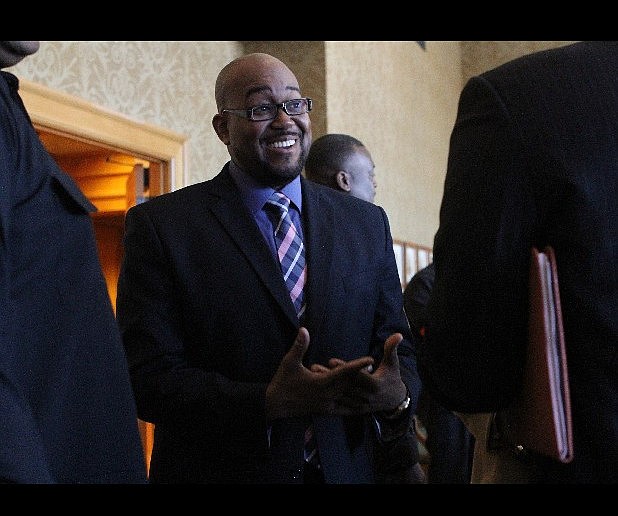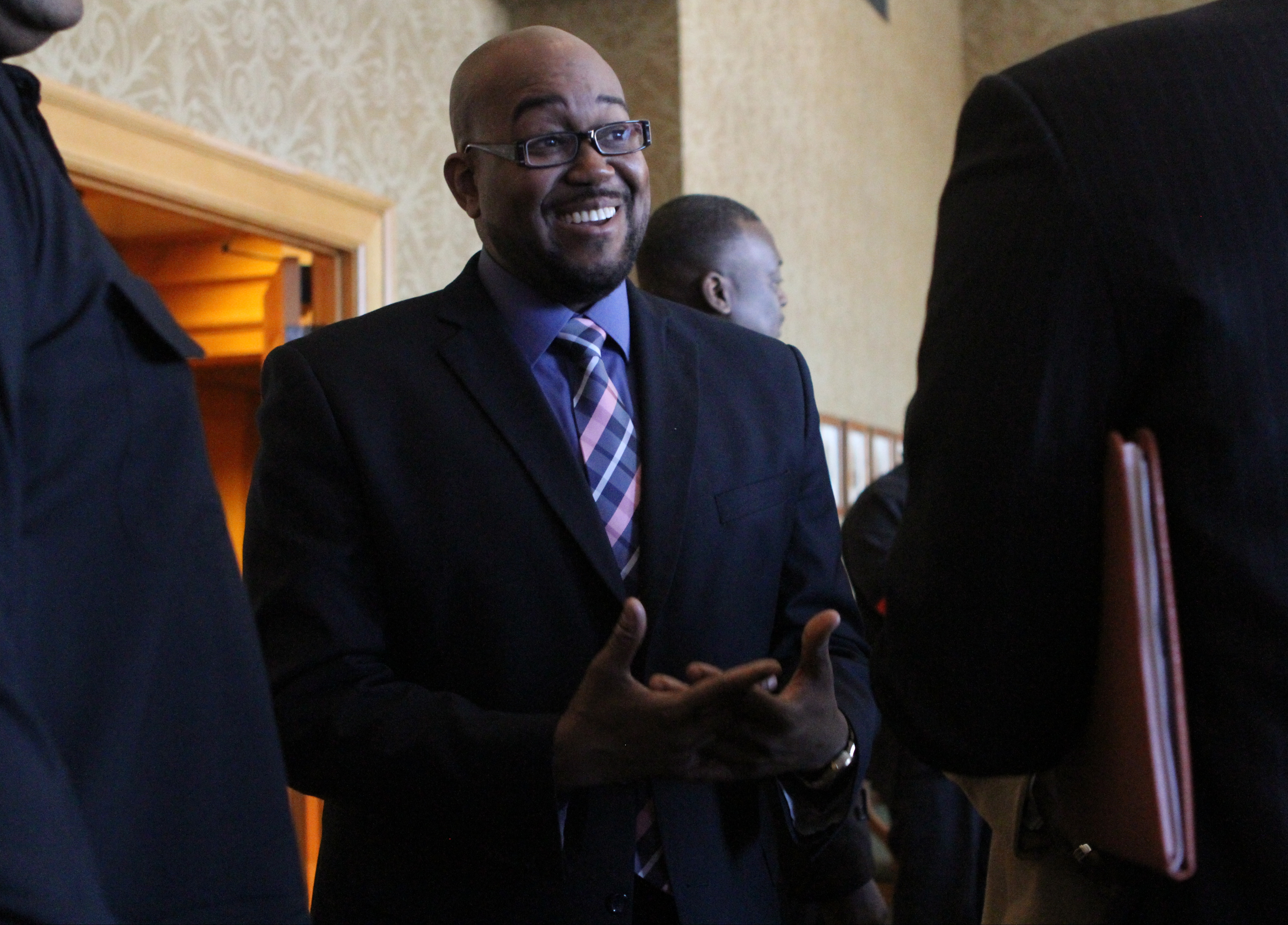VRI'S DIRECT REACH* 13 people attended the March call-in* 21 people attended the July call-in* 26 people received custom, face-to-face notificationsSource: Chattanooga Police Department
The carrot part of the city's violence reduction initiative appears to be working.
In the five months since the initiative began, 58 of Chattanooga's most violent offenders have landed jobs, with the city's help, and 42 have held onto those jobs, officials say.
But the stick has come out, too.
The VRI program offers Chattanooga's most violent a choice: stop shooting people and get help, or keep shooting people and watch the police crack down not only on you, but everyone else in your gang or group.
So far, police have cracked down twice in the wake of violence.
In the most recent push, or "enforcement action," police and other law enforcement officials targeted a group with 26 known members, said Chattanooga police Capt. Edwin McPherson. The group was responsible for a local homicide -- police declined to say which one of the 19 so far this year -- and that meant they had broken the central VRI rule: Don't shoot people.
So law enforcement focused all their energy on that group, which they wouldn't identify. They looked for any way -- no matter how small -- to target group members. It could mean finally condemning a house that's been violating building codes for years. It could mean cutting off someone's stolen cable service. It could mean sending people to jail for minor offenses they'd normally bond out of.
This time, 21 members were affected in some way and 10 were arrested. Two face federal charges.
One man was arrested for criminal trespassing -- a charge that typically takes about three hours to arrange bond for -- but instead of allowing the man to bond out, VRI officials leveraged every bit of the charge they could against him. He sat in jail for almost two months, said Chattanooga police Sgt. Josh May.
The enforcement action also revealed more group members and uncovered ties to Knoxville, so Chattanooga coordinated with Knoxville law enforcement to crack down on those members, too.
"We'll go after you at every aspect," McPherson said. "That's part of VRI. If a body hits the ground or you're the most violent group, we're coming after you."
It's the message that VRI leaders have consistently reinforced as they reach out to the city's most violent offenders. VRI leaders held the program's second call-in in early July, bringing 21 violent offenders into one room to explain how VRI works.
Police and community leaders also met face to face with 26 people to deliver custom notifications -- a personalized letter from Chief Fred Fletcher, a copy of each person's criminal record and background on the person's life. Always with the same message:
Shoot someone, and watch the police descend.
But that's only half of VRI. On the other side, the city is coordinating efforts to help violent offenders who do choose to change their lifestyles. Since the June arrest of the city's initial community leader, Richard Bennett, Public Safety Coordinator Paul Smith has been fielding calls and connecting VRI participants to social services.
Nearly all of the 26 people contacted with custom notifications have responded positively, Smith said. Sometimes police will meet with a violent offender for a notification and before the officers can even walk back to their patrol cars, the target will call Smith for help.
"They start out hard, but as they read, you can see they soften up and realize that we really know about their lives," Smith said.
Smith will slowly transition the calls to Hope for the Inner City now that the organization has contracted with the city to handle the social-services side of VRI. Hope for the Inner City has been serving Chattanooga for decades and is credible with residents, he said, which is important.
"They've been doing this for a long while," he said. "And they get it."
Still, the new jobs are a byproduct of VRI rather than a focus, Smith said. The focus is reducing shootings, especially retaliatory shootings. Sometimes VRI leaders even visit shooting victims recovering in the hospital to remind them not to retaliate with violence.
"I tell them, if you feel like doing something crazy at 2 a.m., call me," Smith said. "And I will talk you out of it."
So far, Chattanooga has seen 65 shootings and 14 shooting fatalities in 2014, about the same amount of shooting violence as this time last year, when the city recorded 66 shootings and 11 fatalities by mid-July 2013.
McPherson said the effectiveness of VRI is hard to measure on paper, especially just five months after it started, but that he's seen positive movement during his day-to-day operations. Smith said he's sure VRI has stopped shootings.
"One guy called me," Smith said, "and said, to paraphrase, 'Do you realize how many retaliations you've prevented by coming out here and doing this real talk?'"
Contact staff writer Shelly Bradbury at 423-757-6525 or sbradbury@timesfreepress.com with tips or story ideas.

